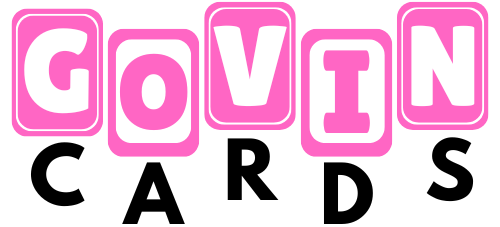Your six-year-old daughter picks up your phone and points to some Japanese text on a video. “What does this say, Mommy?” she asks. You realize she’s genuinely curious about those mysterious symbols that look nothing like the ABCs she knows.
Japanese writing seems impossible to most parents. All those squiggles and lines that apparently mean something. But here’s the thing: hiragana, one of Japan’s writing systems, follows patterns just like our alphabet. Kids who can learn that “B” makes a “buh” sound can absolutely know that あ makes an “ah” sound.
These hiragana flashcards break down the 46 basic characters into bite-sized pieces. Each card shows the hiragana symbol, how to write it step by step, and the English sound it makes. No anime characters or confusing decorations. Just clean, simple cards that work.
Images
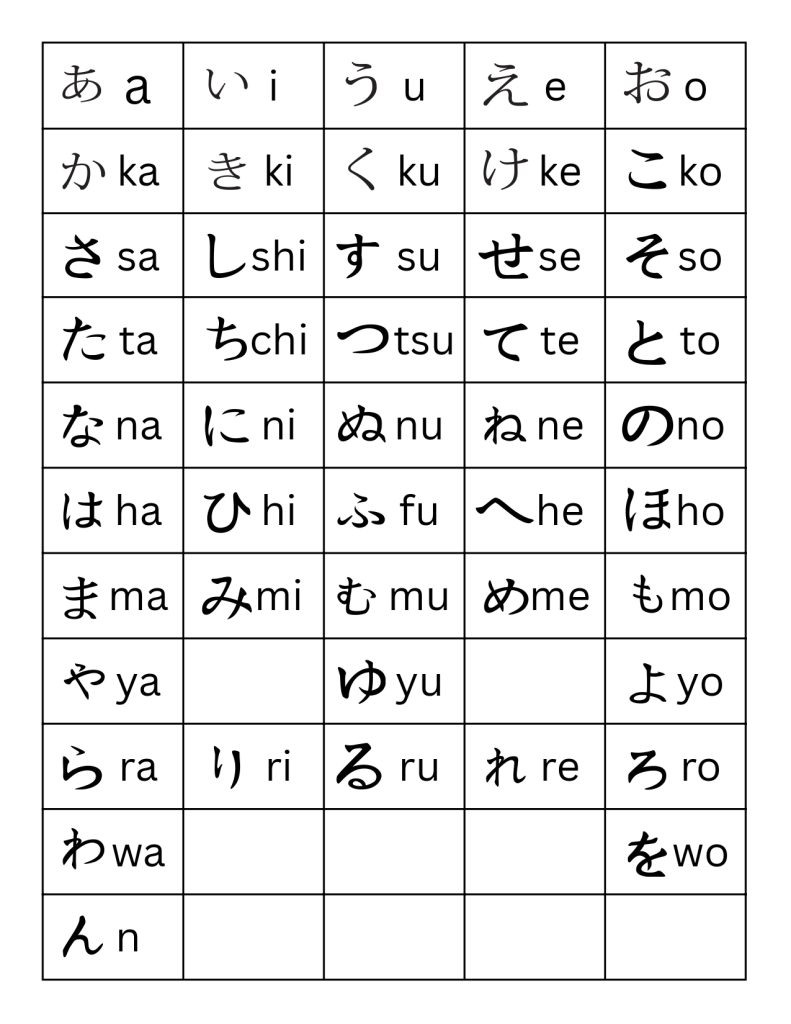




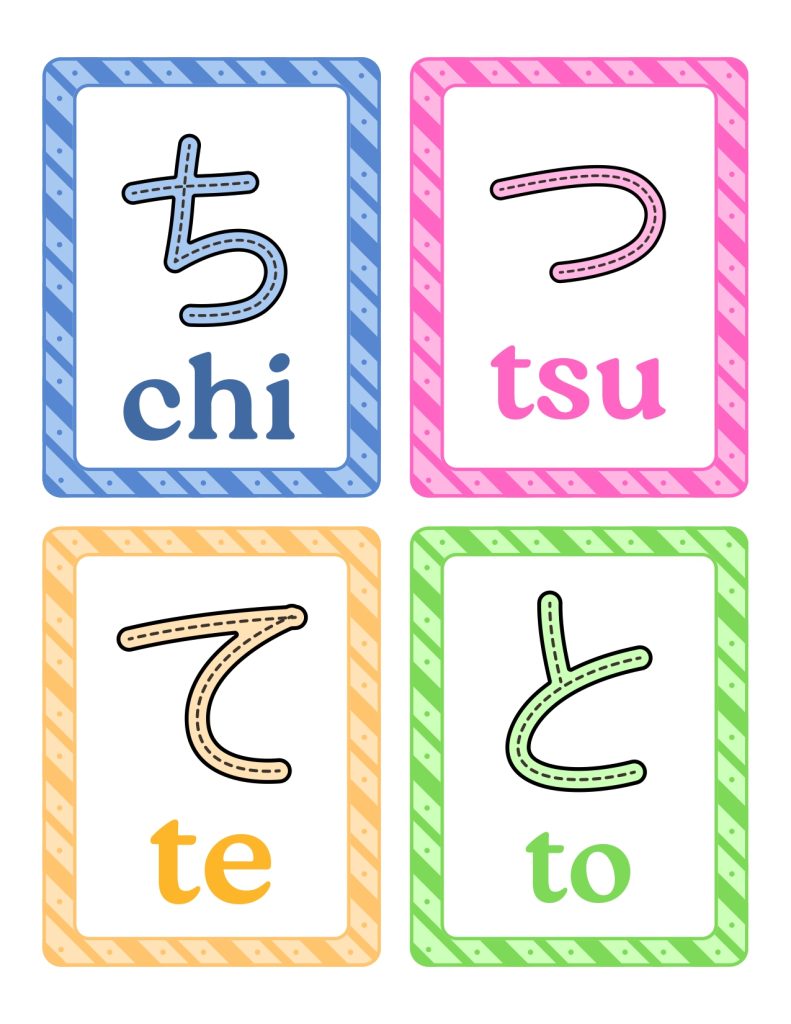





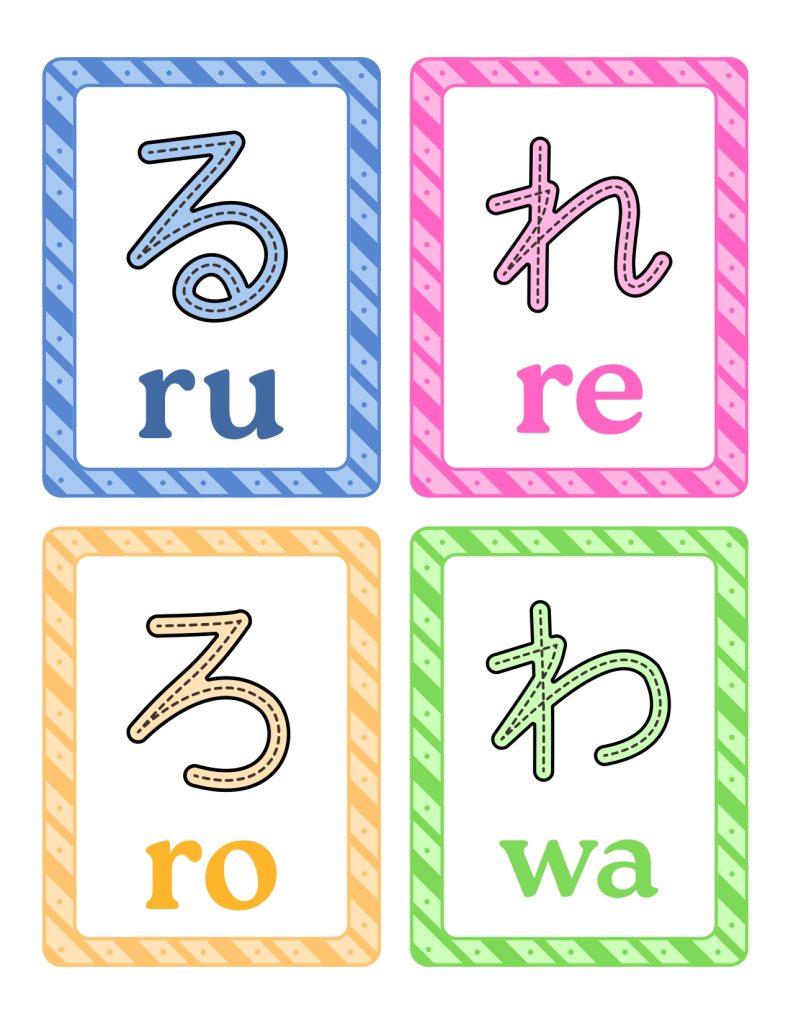
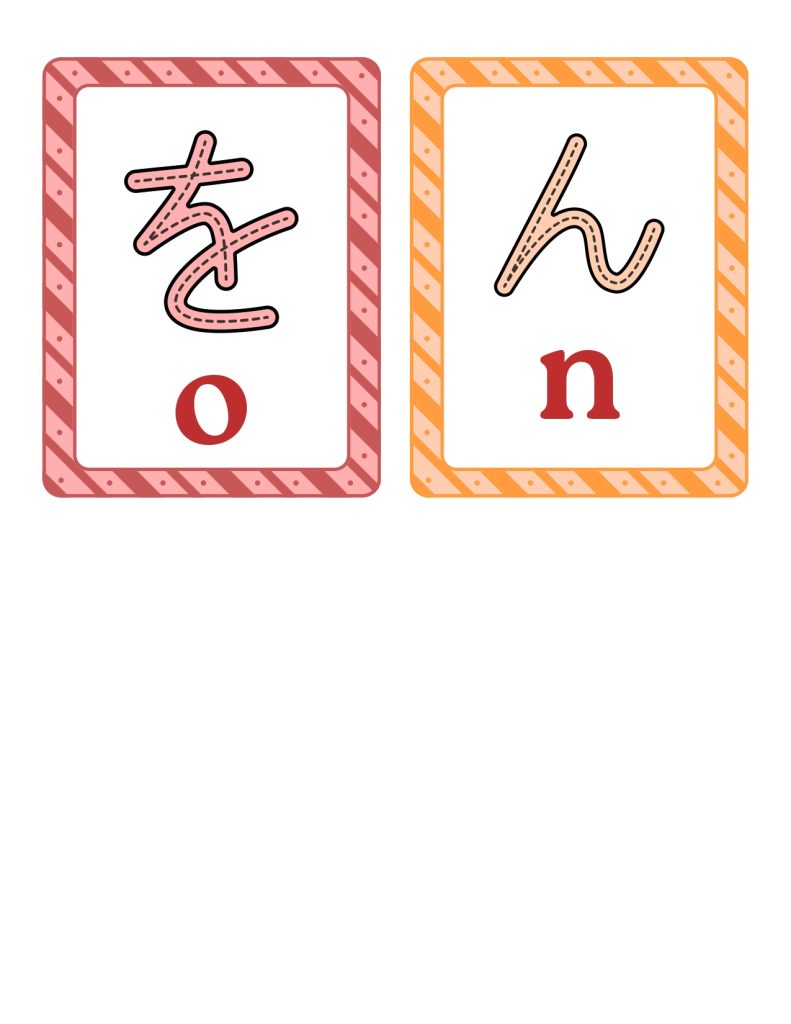
Why Start with Hiragana
Japanese uses three different writing systems, which sounds too much in the beginning. But hiragana is the kid-friendly one. Japanese children learn hiragana first, just like Canadian kids learn to print before they learn cursive. It’s the foundation everything else builds on.
Every hiragana character represents one sound. Unlike English, where “C” sometimes sounds like “K” and sometimes like “S,” hiragana stays consistent. Once your child learns that か sounds like “ka,” it always sounds like “ka.” No exceptions, no weird rules.
These 46 characters can write thousands of Japanese words. Your child could write “arigato” (thank you), “sayonara” (goodbye), and “konnichiwa” (hello) using just hiragana. That’s pretty amazing for 46 simple symbols.
The Five-Column System
Hiragana organizes into five columns based on vowel sounds: A, I, U, E, O. Think of it like a multiplication table for sounds. Once kids grasp this pattern, learning becomes much faster.
- The A column starts everything: あ (a), か (ka), さ (sa), た (ta), な (na), は (ha), ま (ma), や (ya), ら (ra), わ (wa). Notice how each row adds a consonant to the “ah” sound? Kids pick up on this pattern quickly.
- The I column follows the same pattern: い (i), き (ki), し (shi), ち (chi), に (ni), ひ (hi), み (mi), り (ri). That “ee” sound stays consistent through each character.
- The U column gives us: う (u), く (ku), す (su), つ (tsu), ぬ (nu), ふ (fu), む (mu), ゆ (yu), る (ru). The “oo” sound connects them all.
- The E column creates: え (e), け (ke), せ (se), て (te), ね (ne), へ (he), め (me), れ (re). Every character ends with that “eh” sound.
- The O column completes the set: お (o), こ (ko), そ (so), と (to), の (no), ほ (ho), も (mo), よ (yo), ろ (ro), を (wo). All share that “oh” sound.
Games That Make Learning Interesting for Kids
Regular drilling bores kids to quickly and makes them hate learning. After trying lots of different approaches with children, we have realised that certain games proved much more effective than others.
- Hiragana Hide and Seek will become your Saturday morning tradition. Your daughter could be hunting around the house for character cards while following clues like “Find the one that sounds like ‘ma.'” She gets exercise while practicing recognition. The treasure hunt game makes learning fun for them.
- Japanese Restaurant will turn your kitchen table into a pretend eatery. Your kid can create menus using hiragana cards, then take orders from family members who have to pronounce characters correctly to get their “food.” This builds real-world applications while encouraging creativity. You can also introduce them to Spanish Flashcards to make their game more interesting.
- Beat the Clock adds competition to practice time. Your kid would try to identify as many characters as possible in three minutes, competing against her own best score. The timer creates focus while building speed recognition.
- Character Story Time produces hilarious results. Your child makes up stories where animals talk using hiragana sounds: “The rabbit hopped around saying ‘u-sa-gi, u-sa-gi’ to everyone.” These silly yet interesting tales get locked in memory.
Getting the Writing Right
Japanese characters need specific stroke orders, similar to how we teach kids to write English letters properly. Starting correctly and following the right sequence make writing smoother and prettier as skills improve.
Most hiragana characters begin at the top and work their way down, left to right. Simple characters such as (long vowel mark) only require one stroke. More complicated ones, such as ぬ (nu), require a number of cautious strokes. The patterns become understandable once you are familiar with them.
Graph paper works great for beginners because the squares help kids keep characters the same size. Regular notebook paper is fine once they get the hang of proportions. Plain paper becomes manageable after they develop good spacing habits.
Don’t worry about perfect handwriting right away. Keep the initial focus on identifying characters and committing to memory sounds first. The writing skill improves naturally with time and practice. Some children take longer to master good pencil control, and that is perfectly fine.
Reading Actual Japanese Words
When children learn multiple characters, they can begin to read real Japanese words. It feels like magic to most kids. Those enigmatic symbols become meaningful and amount to something real.
Easy words such as ねこ (neko – cat), いぬ (inu – dog), and はな (hana – flower) employ characters children learn to read early. The use of actual words rather than meaningless characters maintains interest and demonstrates usefulness.
Japanese children’s books are written mainly in hiragana, so your child can read books that Japanese children their same age read. That’s a nice achievement to strive for and provides access to genuine cultural material.
Why This Method Works So Well
Children learn using all their senses simultaneously. Watching characters, listening to sounds, and writing movements build powerful memory associations. Visual children appreciate watching how to write each movement. Active children require the bodily workout of writing. Children who learn by hearing respond to sound repetition and pattern recognition.
Color-coding various character families (such as color-coding all ka-family characters blue) assists visual learners who learn more easily by color. These visual memory shortcuts accelerate character recognition during reading practice.
Opening Doors to Japanese Culture
Learning hiragana naturally leads to curiosity about Japanese culture. Kids become interested in the country, people, and traditions behind these beautiful writing systems.
Japanese values like patience, attention to detail, and respect show through in the careful way characters are written. Kids learn that some cultures spend time on beautiful handwriting, which often improves their approach to other school subjects.
Understanding that millions of people worldwide use completely different writing systems opens kids’ minds. The world becomes more interesting when children realize that people communicate effectively in many different ways.
Getting Started With Your Family
Begin with just the five vowels: あ (a), い (i), う (u), え (e), お (o). Get these solid before adding consonant combinations. Building slowly and celebrating small wins creates positive feelings about learning.
Keep practice sessions short and sweet. Ten minutes of focused fun beats an hour of frustrated struggling every time. Kids learn best when they’re curious and engaged, not stressed out or overwhelmed.
Use characters in daily life when you can. Point out Japanese writing on restaurant signs, product packages, or TV shows. Kids love spotting “their” characters in the real world. You can also explore Russian Vocabulary Flashcards for Kids to give them more flashcard options.
Printing Hiragana Flashcards at Home
Printing is Simple. Open the PDF and hit print. Use your regular paper in portrait mode by selecting “fit to page”. You can choose Color printing as it shows the contrasts better. However, black and white works as well.
Make flashcards on thick cardstock so they last through daily use by excited young learners. Laminate them if you want them to survive months of handling. With steady, patient practice, watch your child discover that people around the world use beautiful, logical writing systems completely different from English. This opens up interests in languages, cultures, and global perspectives that will help them throughout their lives.
